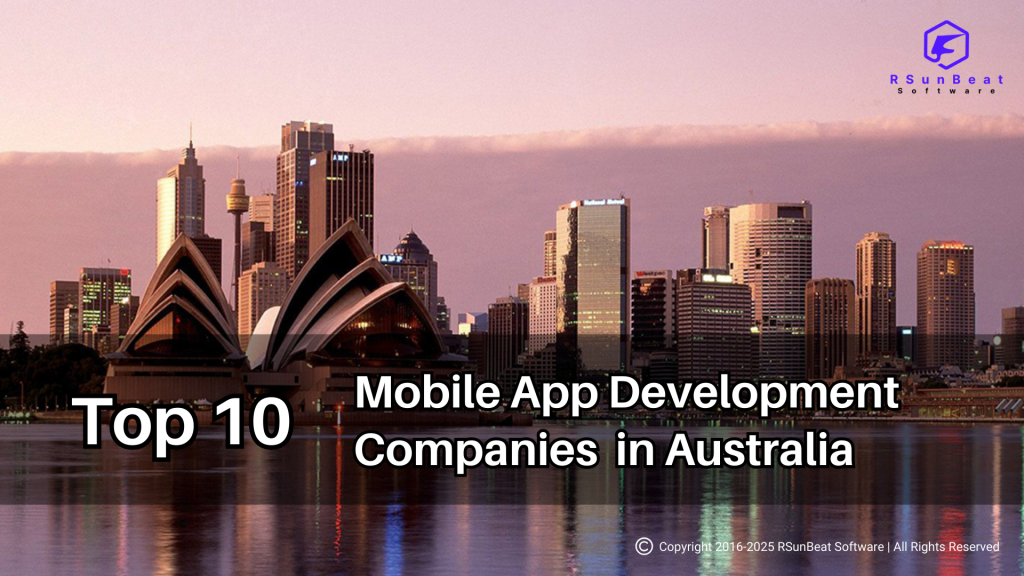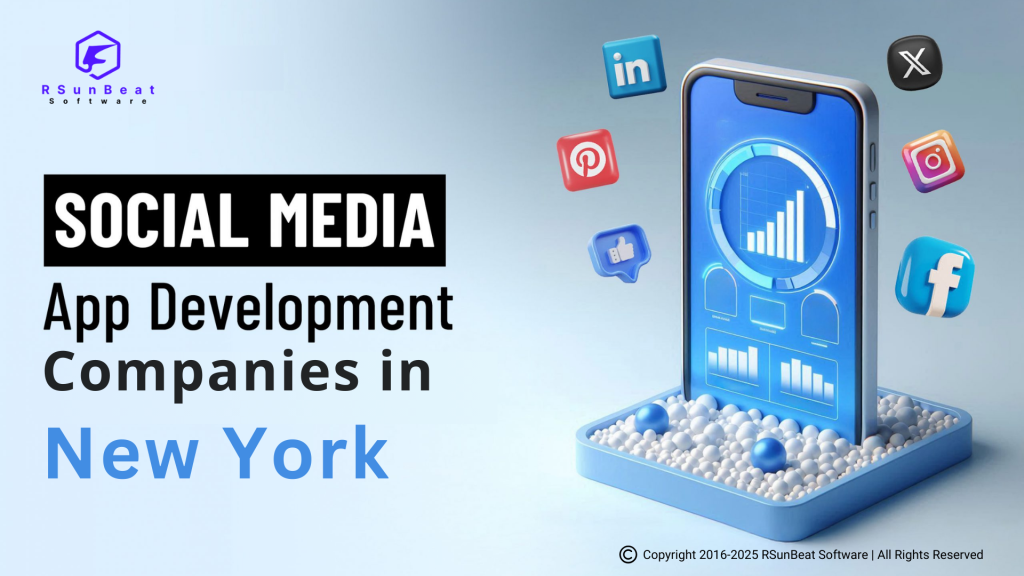
"Top 3 Major Issues in the Education Sector 2024–25"
Introduction
Over the past decade, the education industry has undergone a massive digital transformation. What began as a temporary solution during the pandemic has now evolved into a long-term technological shift — redefining how students learn, how teachers teach, and how institutions operate.
By 2024–25, global EdTech investments are projected to surpass $400 billion, with thousands of startups and established institutions embracing education app development and web-based learning management systems (LMS) to deliver accessible, engaging, and scalable learning experiences.
However, with innovation comes new challenges. Institutions across the USA, UK, Canada, Australia, Germany, UAE, Portugal, and beyond are grappling with student engagement, accessibility gaps, and administrative inefficiencies.
In this article, we explore the top 3 problems facing the education sector in 2024–25 — and how mobile and web apps are reshaping learning through innovation, inclusivity, and intelligent automation.
1. Problem #1 — Student Engagement & Learning Retention
1.1 The Challenge
In an age of constant digital distractions, educators face an uphill battle — keeping students engaged. Traditional e-learning platforms, while convenient, often lack interactive and adaptive elements. Students experience:
Reduced motivation in self-paced online environments
Limited collaboration and real-time feedback
Passive content consumption rather than active participation
As a result, many institutions report completion rates as low as 15–20% in online courses, especially among younger learners.
1.2 The Impact
When engagement drops, so does retention. Disengaged learners are more likely to abandon courses, forget concepts, or underperform academically. For educators, this translates into lower student satisfaction, poor outcomes, and weaker institutional credibility.
1.3 The Tech Solution
Modern mobile learning apps and eLearning web platforms are tackling this challenge head-on with innovative features that combine psychology, design, and AI.
Key Solutions:
Gamification: Reward systems, leaderboards, and learning streaks motivate participation.
AI-Powered Personalization: Adaptive learning paths adjust to each learner’s progress and behavior.
Interactive UI/UX: Dynamic visuals, quizzes, and video-based lessons enhance engagement.
Microlearning Modules: Short, digestible lessons improve retention and encourage daily learning.

A mobile learning app with gamification and real-time progress tracking increased student engagement by up to 40% for an EdTech startup in Canada.
1.4 Best Practices for App Developers
Design for multi-device responsiveness — smartphones, tablets, and desktops.
Use data-driven feedback loops to provide performance insights to both learners and educators.
Integrate push notifications and streak reminders for consistent participation.
Employ AI-driven recommendations to keep learners on a personalized journey.
2. Problem #2 — Access & Inclusivity
2.1 The Challenge
Despite global progress, educational inequality remains a major issue. Millions of students across developing regions still lack access to quality education due to digital divides, language barriers, and connectivity limitations.
Key obstacles include:
Limited or unreliable internet access
Lack of localized or multilingual content
Devices not optimized for accessibility needs
2.2 The Impact
When education isn’t inclusive, learning gaps widen. Students in rural or underserved communities fall behind, while institutions struggle to maintain equal opportunity education.
In a world where digital learning is the norm, accessibility is no longer optional — it’s essential.
2.3 The Tech Solution
Web and mobile technologies now enable inclusive, accessible, and equitable education through innovation and thoughtful design.
Solutions that Drive Inclusivity:
Progressive Web Apps (PWAs): Offer seamless offline access for students with limited internet.
Cloud-Based LMS Platforms: Centralize data and content for remote learning access anywhere.
Multilingual & Voice-Enabled Interfaces: Break language barriers and enhance usability.
Accessibility-First Design: Support visually or physically impaired learners through assistive technologies.

A school in Portugal implemented an offline-first mobile LMS developed by our team, allowing 2,000+ students in low-connectivity areas to access lessons and assessments anytime, anywhere.
2.4 Best Practices for Inclusive EdTech Design
Develop PWAs for low-bandwidth environments.
Ensure WCAG (Web Content Accessibility Guidelines) compliance.
Offer multi-language support for global education platforms.
Store course data on the cloud for real-time synchronization.
3. Problem #3 — Administrative & Data Management Inefficiencies
3.1 The Challenge
Behind every classroom lies a complex web of administrative tasks — student records, attendance, grading, and compliance tracking. Many institutions still rely on manual processes or outdated legacy systems, leading to inefficiencies and data errors.
3.2 The Impact
Increased workload for teachers and staff
Limited analytics for academic performance
Poor compliance with government regulations
Delayed reporting and decision-making
These inefficiencies ultimately slow down institutional growth and hinder operational transparency.
3.3 The Tech Solution
Modern school management systems and cloud-based dashboards are transforming how institutions manage operations.
Key Features:
Automated Attendance Tracking
Digital Grading & Performance Analytics
Centralized ERP Integration
AI-Driven Predictive Insights for identifying at-risk students

An education technology company in the UAE implemented an AI-based ERP-integrated LMS that reduced administrative workload by 30% and improved data accuracy by 95%.
3.4 Future Outlook
By 2025, predictive analytics and AI reporting tools will help institutions anticipate student needs, detect dropout risks early, and allocate resources more effectively — paving the way for data-driven decision-making in education.
4. How Mobile & Web Apps Are Reshaping Learning
Modern EdTech apps have shifted education from a one-size-fits-all model to a personalized, adaptive, and interactive experience.
4.1 Personalized Learning Journeys
Adaptive algorithms customize content to a learner’s pace, strengths, and weaknesses.
AI ensures that no two learning experiences are the same.
4.2 Seamless Collaboration & Real-Time Feedback
Virtual classroom software supports live sessions, chat, and peer discussions.
Teachers can monitor progress and provide instant feedback.
4.3 Scalability & Accessibility
Cloud-based LMS solutions enable institutions to grow globally without heavy infrastructure costs.
4.4 Cross-Platform Experience
Unified access across web, mobile, and tablets ensures learning continuity anywhere, anytime.
5. Technology Stack for Education App Development
Choosing the right tech stack is key to performance and scalability.
| Layer | Recommended Technologies |
|---|---|
| Frontend | React, Flutter, Vue.js |
| Backend | Node.js, Python (Django), Laravel |
| Database | Firebase, MongoDB, PostgreSQL |
| Cloud Hosting | AWS, Google Cloud, Azure |
| AI/Analytics | TensorFlow, ChatGPT API, Power BI |

Hybrid app development offers the perfect balance of cost efficiency and cross-platform performance, ideal for education startups and small institutions.
6. Implementation Roadmap
Building a successful education app or web platform requires structured planning:
Step 1: Define Objectives and Challenges
Identify core issues (e.g., engagement, access, management) and set measurable KPIs.
Step 2: Build MVP (Minimum Viable Product)
Include essential features — login, content delivery, progress tracking, and feedback modules.
Step 3: Test with Educators & Students
Gather real-world feedback to refine UX and performance.
Step 4: Scale with AI & Cloud Integration
Add personalization, chatbots, advanced analytics, and multi-language support.
7. Budget Overview
| Type | Description | Estimated Cost (USD) |
|---|---|---|
| MVP Mobile App | Core learning, login, quizzes | $10,000 – $20,000 |
| Web LMS Platform | Admin + reporting dashboard | $15,000 – $30,000 |
| AI & Analytics Add-ons | Predictive features, personalization | $5,000 – $10,000 |
Costs vary based on feature complexity, region, and technology stack.
8. Case Study: Building a Smart Learning Platform
We recently partnered with a university in Germany to develop a custom LMS and mobile learning app.
Challenges:
Low student participation
Manual grading and tracking
Lack of performance analytics
Solutions Implemented:
AI-based adaptive learning modules
Real-time dashboards for educators
Mobile-first interface with gamified quizzes
Results:
50% faster onboarding for new students
35% increase in engagement
80% improvement in reporting accuracy
9. Future of EdTech Beyond 2025
The next wave of innovation will redefine how education is delivered globally.
Key Trends to Watch:
AI Tutors & Chatbots: Personalized 24/7 learning assistance
AR/VR Classrooms: Immersive, hands-on digital experiences
Blockchain Certificates: Secure, verifiable digital credentials
Data Privacy & Cybersecurity: A top priority for education technology companies
As the education landscape evolves, the right EdTech development partner will be crucial for staying ahead of the curve.
10. Conclusion
The education sector is evolving faster than ever — and technology is the catalyst for that change.
From boosting engagement to enabling inclusivity and automating administration, mobile and web apps are reshaping how we learn, teach, and manage education.
Now is the time for schools, universities, and EdTech startups to invest in scalable digital transformation.

Let’s build it together. Explore our Education App Development Services or contact our team to turn your vision into an intelligent, engaging, and accessible digital learning experience.
Testimonials ~
What Our Clients
Are Saying
Your trust drives our passion. Here’s how we’ve helped businesses like yours thrive with tailored solutions and unmatched support.

Hussein Termos
CEO
“RSunBeat Software is a top-tier web development company for the real estate industry. They delivered a user-friendly, customized platform that met our needs perfectly. Their innovative solutions, on-time delivery, and excellent support made the process seamless. Highly recommended for exceptional development services!”

James Carten
Founder & CEO
“Before working with RSunBeat Software, our real estate business faced issues with unreliable mobile apps, poor user experiences, and missed deadlines. RSunBeat delivered a seamless, high-performing app with excellent functionality, intuitive design, and timely execution, transforming our operations. Their expertise and dedication make them a trusted partner.”

Darla Shewmaker
VP of Marketing
“RSunBeat Software developed a great, user-friendly mobile app that exceeded our expectations. The team was extremely professional, kept us updated throughout the process and completed the work on time. Their expertise and dedication made the whole project seamless. We highly recommend RSunBeat for their great work and reliability!”

Nicholas Toh
Project Manager
“RSunBeat Software delivered an amazing web and app development experience. Their team was highly professional, detail-oriented, and dedicated to bringing our vision to life. The final product was seamless, user-friendly, and exceeded our expectations. We highly recommend them for top-notch development services!”
Our Technology Experts
Are Change Catalysts
Mail to Our Sales Department
info@rsunbeatsoftware.com
Our Skype Id
Rsunbeat Software


